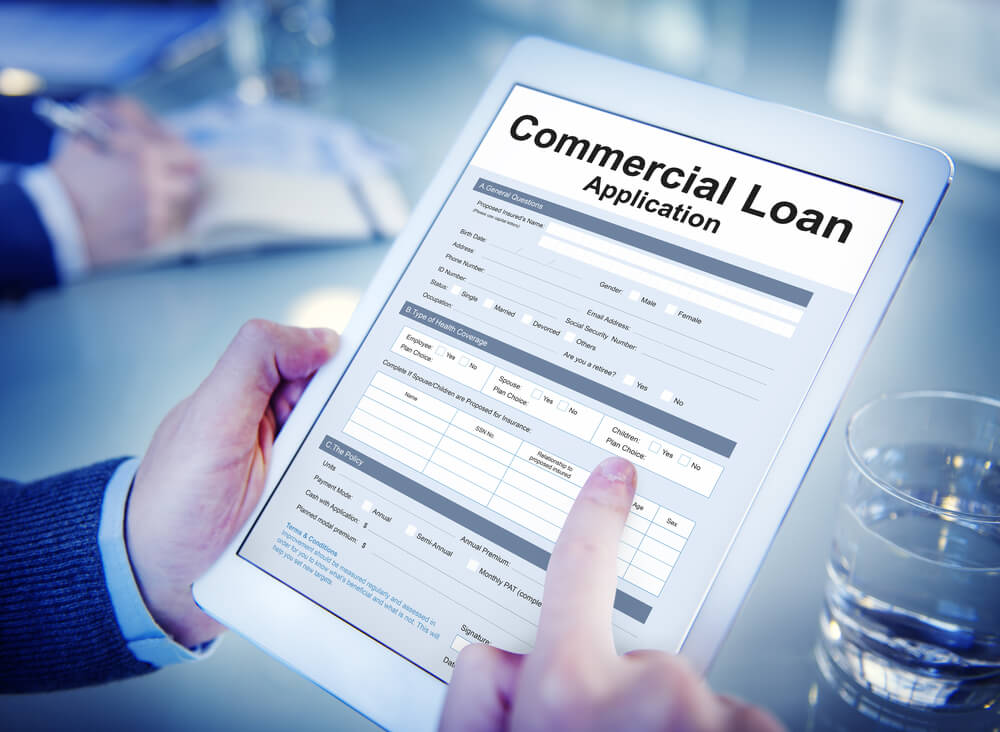Every year, at least 29% of startups fail due to cash flow problems, as reported by Statista. Those who opt for commercial loans to boost their financial strength survive longer than the rest. To determine commercial loan eligibility of a business, more than 80% of banks consider factors such as business liquidity, business age, owner experience, owner net worth, and personal guarantee, according to the Federal Deposit Insurance Corporation (FDIC). Since most lenders require security before offering loans, which most small businesses don’t have, you can possibly get a loan for your small business by conducting a business loan comparison.
Here is a look at the commonly available commercial loan types for small businesses.
SBA Loan
The Small Business Administration (SBA) has lending programs which include, SBA 7(a) program, SBA Microloan programs, and CDC/504 program, with each program having a specific eligibility criterion. While the SBA does not give loans to small businesses in the U.S., it partners with lenders to make it easier for small businesses to access loans. It reduces the financial risk for lenders by giving them access to capital and guaranteeing repayment even if the borrower defaults. This way, even businesses that are not eligible for loans get a chance to access commercial loans.
Equipment Loan
Around 80% of U.S. businesses finance their equipment through equipment loans, as reported by the Equipment Leasing and Finance Association (ELFA). This is because a typical high-value equipment is expensive and may harm the business finances in case the owner pays out of pocket. Usually, the equipment loan is relatively easier to get since it neither requires a down payment nor security. The lender uses the equipment as security such that they can resale the equipment and recover some of the money in case the borrower defaults.
Traditional Term Loan
In this type of loan, the lender offers a certain amount of money with fixed interest, and the borrower makes equal repayments at a fixed interval for a specified period. For example, a business owner can borrow $50,000 and repay it in five years in about $830 monthly repayments. This loan requires collateral as well as proof of income, and businesses can access different amounts depending on eligibility.
Merchant Cash Advance
Here, a lender would give you a cash advance in exchange for a percentage of your future sales until you repay the loan, plus the agreed interest. The repayment frequency can be daily or weekly, depending on your agreement with the lender. This mode of financing is suitable for boosting business funds on a short-term basis, unlike the traditional term loan, which may involve a long and tedious application process. It is also flexible since the lender makes deductions depending on the sales made per day or week.
Business Line of Credit
According to the Bank of America, the business line of credit is a fixed amount of capital that a business can access at any time of financial need. The business owner can withdraw any amount and use it for business operations before repaying it slowly, along with interest on the specific amount withdrawn. The business line of credit is suitable for handling short-term emergencies in a small business. It gives you access to a certain limit of loans, depending on your eligibility. In other words, a business line of credit is similar to a regular credit card.
To find the best commercial loan product for your needs, compare these five products with each other. Do you have questions about commercial loan types? At Fidelity Mortgage Lenders, we’re here to help. Contact Peter directly on PSteigleder@FidelityCA.com or give him a call on 818.422.8879.
Comments are closed.







